We put the Xiaomi 12T Pro through our rigorous DXOMARK Audio test suite to measure its performance both at recording sound using its built-in microphones, and at playing audio back through its speakers.
In this review, we will break down how it fared in a variety of tests and several common use cases.
Overview
Key audio specifications include:
- Three speakers (top and bottom side, top front)
- No jack audio output
- Dolby Atmos technology
Scoring
Sub-scores and attributes included in the calculations of the global score.
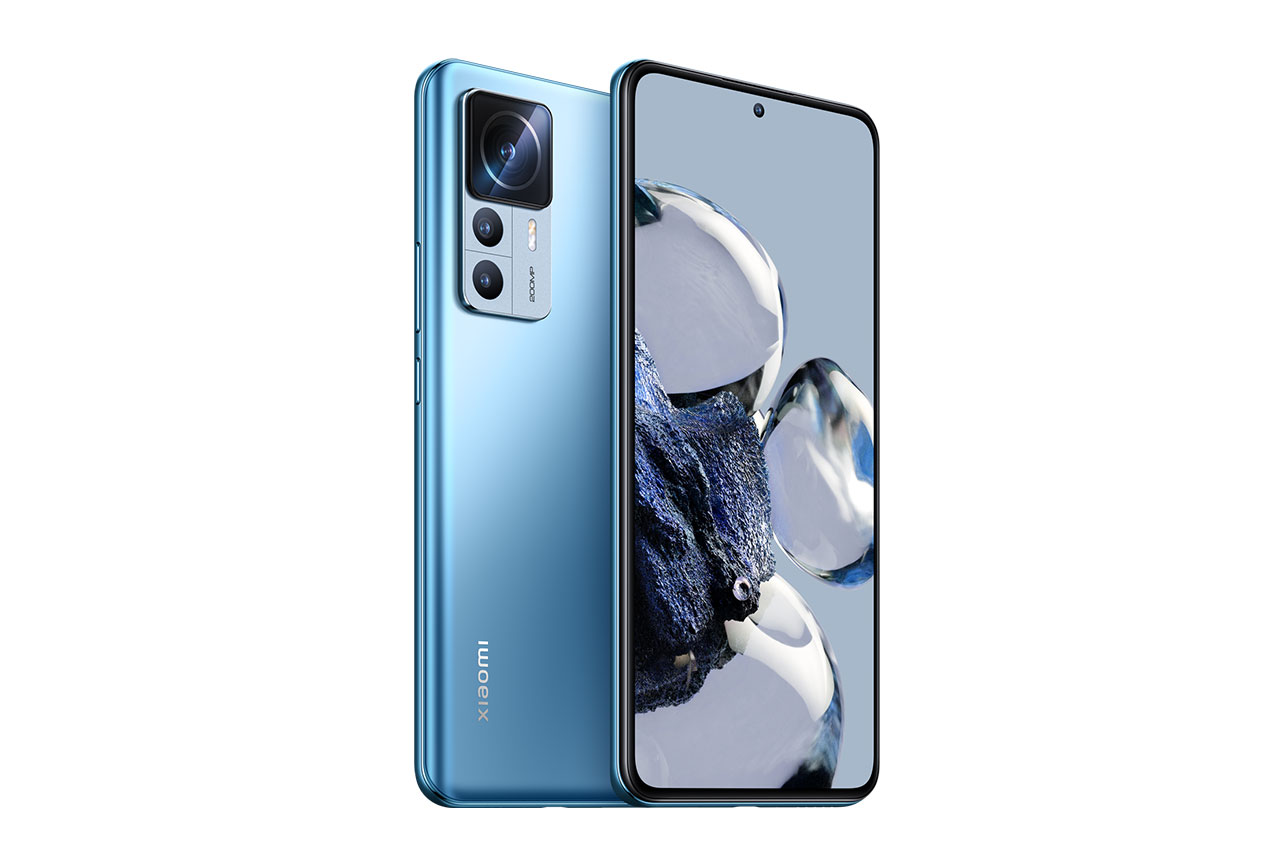
Xiaomi 12T Pro


 84th
84th 21st
21stPlayback
Pros
- Decent dynamics performance
- Audio artifacts very well under control
Cons
- Inconsistent tonal balance, weak bass and dull trebles
- Inaccurate distance rendition
Recording
Cons
- Not suitable for recording at high sound pressure levels
- Lack of bass in tonal balance, and slight excess of lower treble
In our testing, the Xiaomi 12T Pro delivered a decent audio experience but was not quite up there with the very best. Overall, its audio performance was very similar to the standard 12T, with only a few differences here and there.
In playback, the 12T Pro performed best for listening to music and playing games, scoring slightly lower for watching movies. The testers liked the dynamics, with good attack and punch as well as an overall precise bass, and the almost artifact-free experience. However, they also noted an inconsistent tonal balance, with a weak bass and dull trebles. The distance of instruments and voices in the sound scene was not rendered correctly either.
As a recording device, the Xiaomi 12T Pro did fairly well across all use cases, but it isn’t a great option for recording loud events, for example, at concerts. Recordings also showed a lack of bass and slightly excessive treble. This said, the tonal balance was overall pleasant, the recordings showed good dynamics in all situations, and a wide recorded sound scene contributed to an overall excellent spatial performance.
Test summary
About DXOMARK Audio tests: For scoring and analysis in our smartphone audio reviews, DXOMARK engineers perform a variety of objective tests and undertake more than 20 hours of perceptual evaluation under controlled lab conditions.
(For more details about our Playback protocol, click here; for more details about our Recording protocol, click here.)
The following section gathers key elements of our exhaustive tests and analyses performed in DXOMARK laboratories. Detailed performance evaluations under the form of reports are available upon request. Do not hesitate to contact us.
Playback
Xiaomi 12T Pro
163
DXOMARK engineers test playback through the smartphone speakers, whose performance is evaluated in our labs and in real-life conditions, using default apps and settings.
In playback, the Xiaomi 12T Pro delivered a natural timbre, but our testers noticed a lack of treble and a slightly weak bass. The device also did well for dynamics, with good attack rendition, decent punch and overall precise bass. The envelope lacked precision, though. The Xiaomi speakers created average wideness, with a stereo scene that could be little narrow. Localizability of individual sound sources was average as well, but it was an improvement over the 12T model. Voices sounded too distant in some instances, though, and the sound scene lacked depth.
The Xiaomi delivered good loudness at maximum volume, but the first volume step was too quiet, making it hard to understand voices. Artifacts was an area where the 12T Pro really stood out, with only some minor distortion and compression at maximum volume. In normal use, speaker occlusions did not occur, or at least did not have any negative impact on sound quality, resulting in an overall artifacts-free listening experience.
Listen to the tested smartphone’s playback performance in this comparison with some of its competitors:

Timbre
Xiaomi 12T Pro
158
The Timbre score represents how well a phone reproduces sound across the audible tonal range and takes into account bass, midrange, treble, tonal balance, and volume dependency. It is the most important attribute for playback.

Dynamics
Xiaomi 12T Pro
149
The Dynamics score measures the accuracy of changes in the energy level of sound sources, for example how precisely a bass note is reproduced or the impact sound from drums.

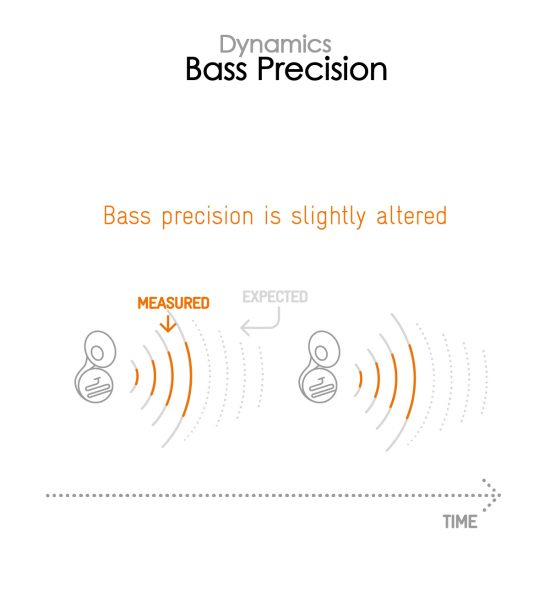

Spatial
Xiaomi 12T Pro
162
The sub-attributes for spatial tests include pinpointing a specific sound's location, its positional balance, distance, and wideness.
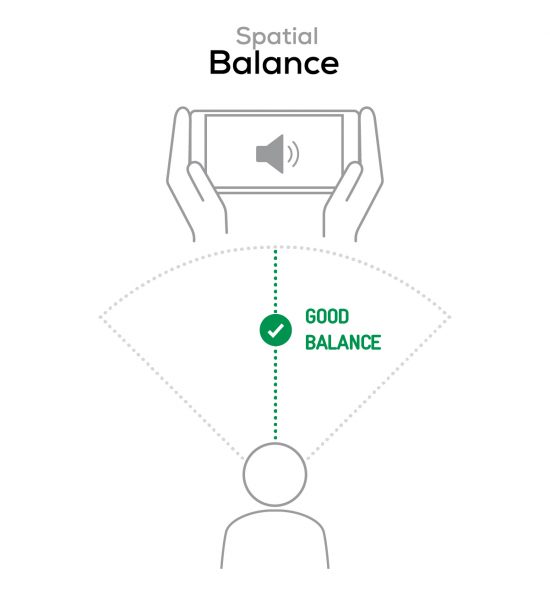
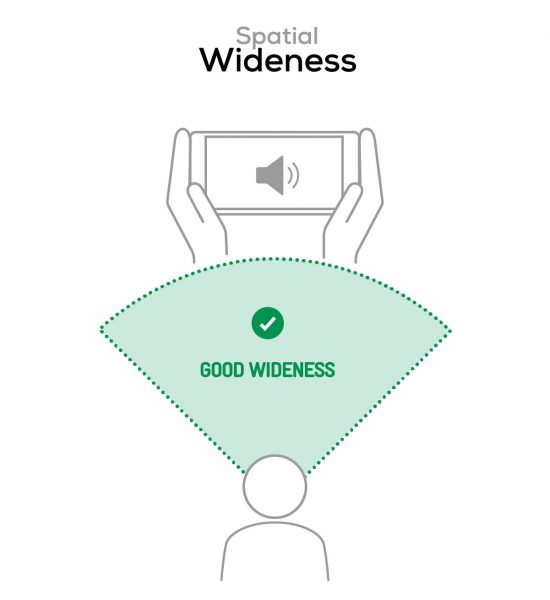

Volume
Xiaomi 12T Pro
162
The Volume score represents the overall loudness of a smartphone and how smoothly volume increases and decreases based on user input.
| Hip-Hop | Classical | |
| Xiaomi 12T Pro | 74.1 dBA | 69.8 dBA |
| Xiaomi 12T | 74.8 dBA | 69.4 dBA |
| Xiaomi 12S Ultra | 72.6 dBA | 69 dBA |

Artifacts
Xiaomi 12T Pro
157
The Artifacts score measures the extent to which the sound is affected by various types of distortion. The higher the score, the less the disturbances in the sound are noticeable. Distortion can occur because of sound processing in the device and because of the quality of the speakers.

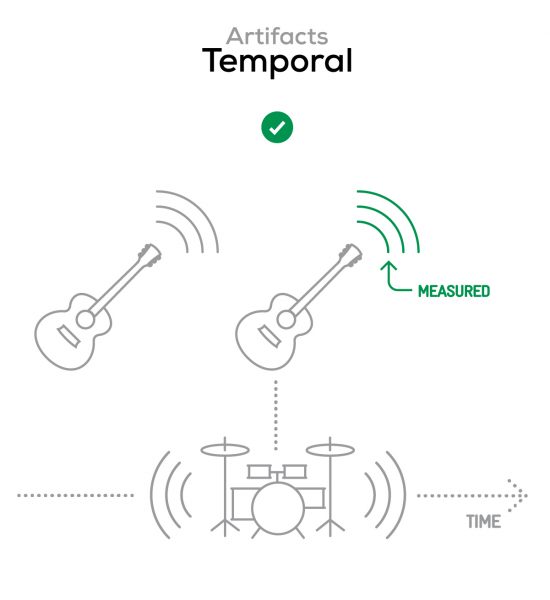
It represents the distortion and noise of the device playing our test signal (0 dB Fs, Sweep Sine in an anechoic box at 40 cm) at the device's maximum volume.
Recording
Xiaomi 12T Pro
160
DXOMARK engineers test recording by evaluating the recorded files on reference audio equipment. Those recordings are done in our labs and in real-life conditions, using default apps and settings.
In our testing, the 12T Pro did relatively better as a recording device than for playback. The tonal balance of recorded audio material was nice and fairly natural, thanks to a very clear and natural midrange. Our testers noticed a lack of bass and slight excess treble, though. In terms of dynamics, the Xiaomi delivered consistent envelope rendering across all use cases, with great transients and attack sounds as well as sharp plosives.
The recorded sound scene was very wide when recording video with the camera app or using the memo app but dropped slightly when holding the phone in portrait orientation for selfie videos. It was easy to localize individual voices and instruments in all use cases, though, and distance rendition was pretty realistic as well. In addition, the device offered pretty good recording volume. On the downside, our testers found that recording at high sound level pressures, for example in concerts, would result in noticeable modifications of the original sound signal.
We also noticed some audio recording artifacts, including slight compression when recording loud content with the selfie camera and distortion with loud content, such as shouting.
Here is how the Xiaomi 12T Pro performs in recording use cases compared to its competitors:

Timbre
Xiaomi 12T Pro
147
The Timbre score represents how well a phone captures sounds across the audible tonal range and takes into account bass, midrange, treble, and tonal balance. It is the most important attribute for recording.

Dynamics
Xiaomi 12T Pro
146
The Dynamics score measures the accuracy of changes in the energy level of sound sources, for example how precisely a voice's plosives (the p's, t's and k's, for example) are reproduced. The score also considers the Signal-to-Noise Ratio (SNR), for example how loud the main voice is compared to the background noise.
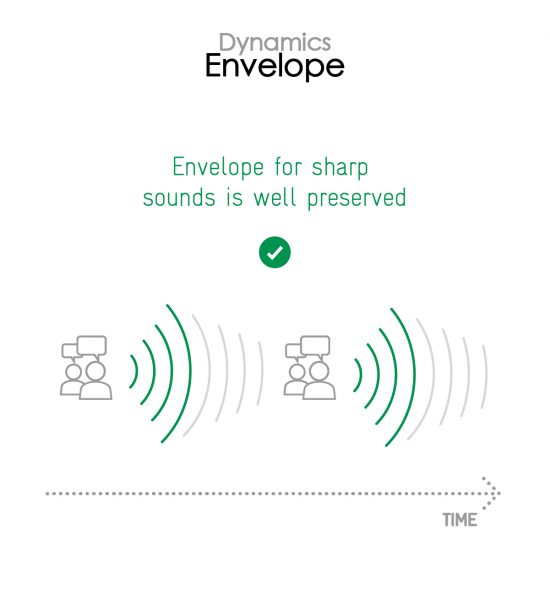
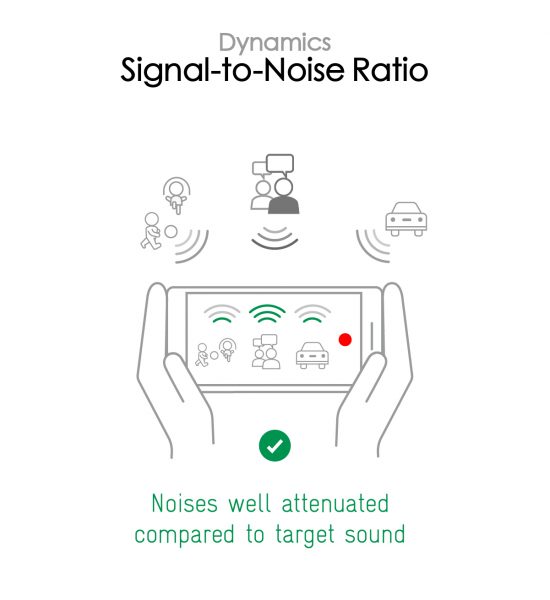

Spatial
Xiaomi 12T Pro
159
The sub-attributes for spatial tests include pinpointing a specific sound's location, its positional balance, distance, and wideness on the recorded audio files.

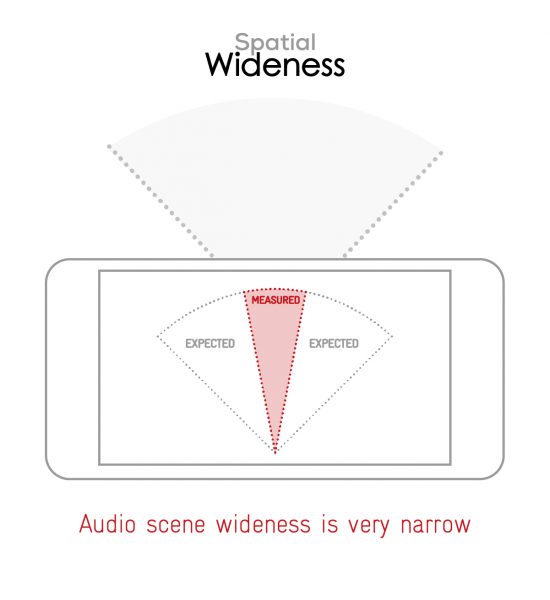

Volume
Xiaomi 12T Pro
170
The Volume score represents how loud audio is normalized on the recorded files and the how the device handles loud environments, such as electronic concerts, when recording.
| Meeting | Life Video | Selfie Video | Memo | |
| Xiaomi 12T Pro | -30.3 LUFS | -21.8 LUFS | -20.2 LUFS | -25.3 LUFS |
| Xiaomi 12T | -27.9 LUFS | -21.3 LUFS | -19.5 LUFS | -21.4 LUFS |
| Xiaomi 12S Ultra | -28.3 LUFS | -20.8 LUFS | -19.1 LUFS | -20.4 LUFS |
The Artifacts score measures the extent to which the recorded sounds are affected by various types of distortions. The higher the score, the less the disturbances in the sound are noticeable. Distortions can occur because of sound processing in the device and the quality of the microphones, as well as user handling, such as how the phone is held.
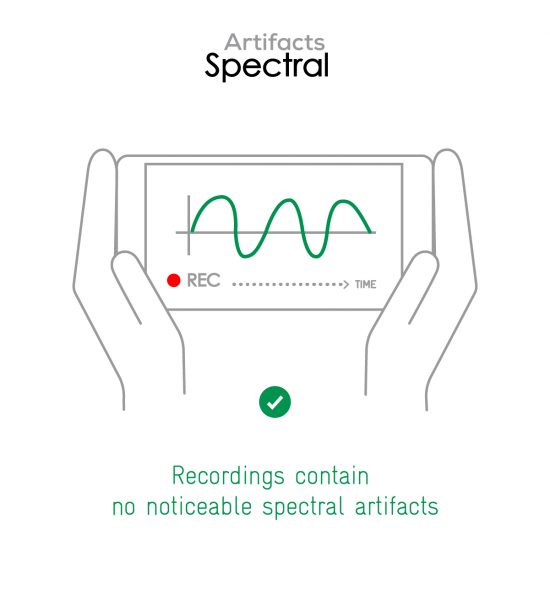
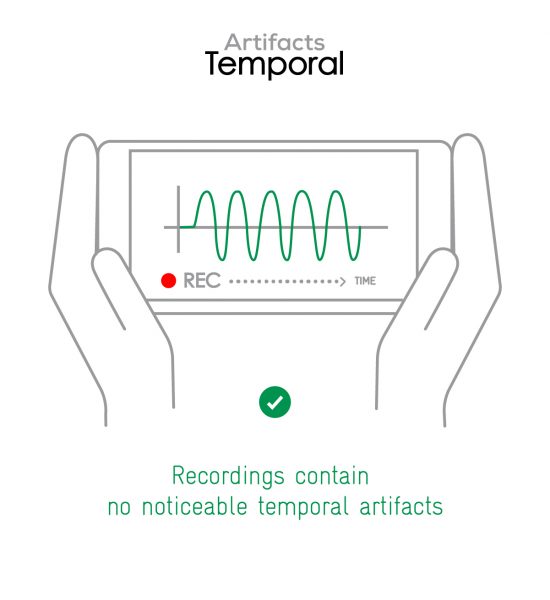
In this audio comparison, you can listen to the way this smartphone handles wind noise relative to its competitors:

Background
Xiaomi 12T Pro
166
Background evaluates how natural the various sounds around a voice blend into the video recording file. For example, when recording a speech at an event, the background should not interfere with the main voice, yet it should provide some context of the surroundings.

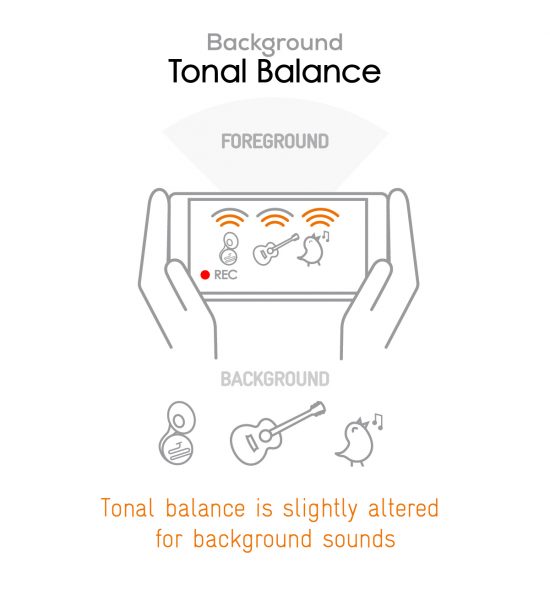


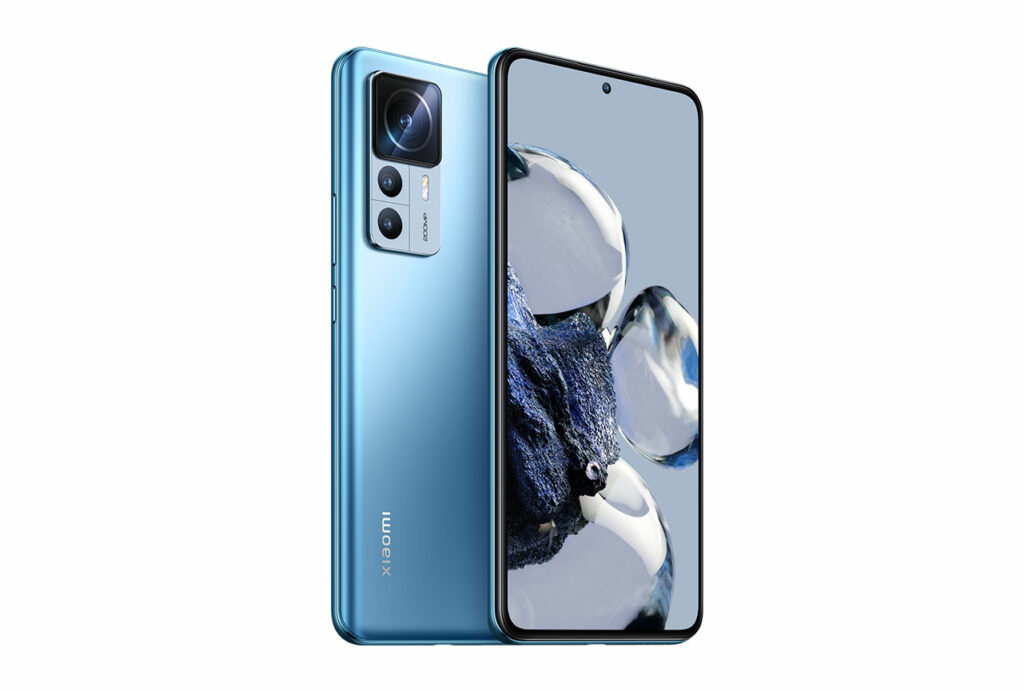

DXOMARK encourages its readers to share comments on the articles. To read or post comments, Disqus cookies are required. Change your Cookies Preferences and read more about our Comment Policy.